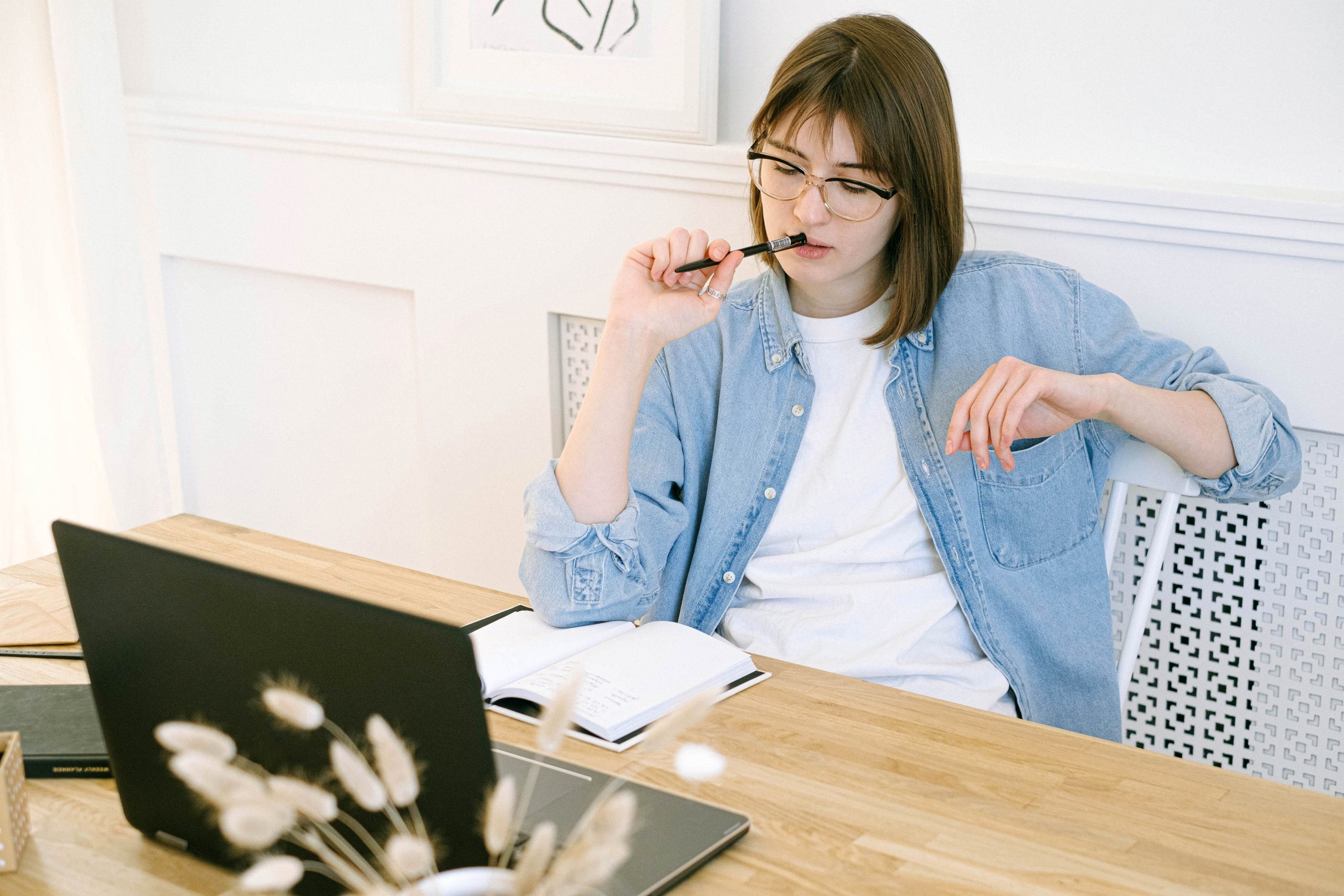Sewing is a basic living skill every adult should know. Unless you’re swimming in money, it’s impractical to discard clothes, pillow cases, sheets, and other fabric items that have minor issues that can easily be fixed with a few stitches. Some may see sewing as a laborious task whether done by hand or sewing machine, while others have gone on to make a hobby or career our of it like dressmaking, needlepoint, and cross stitch.
You don’t have to be an expert dressmaker to know basic sewing skills, however. And in this article, we’re going to teach you the basics of sewing. Whether it’s with the traditional sewing with needle and thread or with new ways in the market to stick fabric together, here’s what you need to know.
Preparing Your Sewing Tools
To start practicing, either take a piece of cloth or an old fabric product you don’t mind using to practice. Traditionally, sewing is done two ways: through hand-sewing and sewing machine. While a sewing machine offers more uniform stitches, it only has a few additional tools required. While most people only need thread, a needle, and scissors to do minor sewing, you’ll generally need:
- Needles – the thicker the fabric, the bigger the needle; the more delicate, the smaller. Sewing machine needles are different from hand-sewing needles.
- Thread – usually must be the same color as the fabric, though some designers use contrasting colors.
- Scissors – preferably sewing scissors, tailor’s scissors, or bent scissors.
- Pins – regular sewing pins for everyday sewing, but finer pins for delicate fabrics like silk.
- Pin cushion – to keep your pins organized while sewing.
- Seam ripper – to destroy and remove thread sewn into the fabric without damaging the fabric.
- Iron and ironing board – used to iron the fabric before sewing and then ironing the seams after sewing to set it into place.
- Tailor’s chalk – a chalk that disappears when you rub it with a finger.
- Presser foot – for sewing machines, used to hold bulkier accessories being sewn into fabric.
- Bobbins – for sewing machines, used to hold the thread that serve as the bottom side of the stitch.
These are just the basics you’ll want in your sewing kit. There may be many other products in your local craft or sewing store which you may find can help you sew better.
How to Thread a Needle
Threading a needle for hand-sewing is as simple as getting the tip of the thread into the needle’s hole. However, it’s much easier said than done if you have poor eyesight or have difficulty in keeping your hands steady. It may be easier to do for larger needles, but some may find it more difficult for everyday and smaller needles. Here are a few ways you can remedy this.
Wet the Thread’s Tip
If the end of the thread looks frayed or has split ends, it can be difficult to get it through a small hole. Using scissors or a thread snipper, cut the frayed part out until you have one straight thread. To make it stiffer, wet the tip and make it stiff by either pressing the tip with your moist lips or pressing it between your wet thumb and index finger. This can make it easier for you to now slip it into the needle.
Use a Needle Threader
A needle threader is a small tool that can help you get thread into the smallest of needle holes within seconds. Take your needle and then insert the threader’s wire into the needle hole until the needle reaches the base of the threader. Next, take your thread, and insert it into the hole in the middle of the threader’s wires. Let a few inches of the thread inside the threader. Finally, pull the needle out of the threader. The thread should easily slip out of the threader hole and into the needle hole. Adjust the thread length accordingly.
How to Sew with a Needle and Thread
Once you’ve got your needle threaded, it’s time to sew.
In most types of fabric, there are two sides: the wrong and right side. The right side is the side of the fabric where the design is printed, while the wrong side is the blank part. If both sides look identical, choose which side will be your right and wrong side. This is important because you want your fabric to look clean from the outside. The right side will have the clean stitches, but the wrong side will have the knots and other messy parts of sewing.
Here’s a video to help you get started on learning basic stitches and other hand-sewing techniques. It helps to practice while watching the video so you can understand how these stitches are made.
How to Sew without a Needle
If you’re afraid of needles, are unable to hand-sew or use a sewing machine, or want your child to learn how to sew without the risk of getting pricked, there are other alternatives to sewing. Technically, it’s not really sewing, but these methods attach fabrics without a needle. Likewise, you won’t be using thread in these methods. You might also have to look around for tools to perform these alternatives.
Fabric Glue
Permanent fabric glue bonds fabrics together. They are non-toxic, washing machine and dryer-friendly, and provide a tough but clear finish. It’s perfect for hems, repairs, and applying trims, zippers, and other accessories on fabric. These come in bottles similar to arts and crafts glue.
Fabric Tape
Fabric tape is similar to fabric glue, except it requires an iron and ironing board to work. After placing adhesive and pressing it between two fabrics, you need to melt the adhesive by pressing a hot iron to form a permanent bond. Some people may prefer this especially if they only need to hem two pieces of fabric together. However, you may need to get white or dark fabric tape, depending on the fabric’s color, since some brands do not provide a clear result that most fabric glue can.
Hot Glue
This is only recommended for fabric craft projects that won’t get a lot of wear and tear or won’t be washed. Used with a glue gun, hot glue forms a strong bond between fabrics and accessories. However, it’s not permanent nor provides a heavy-duty bond suitable for clothes.




